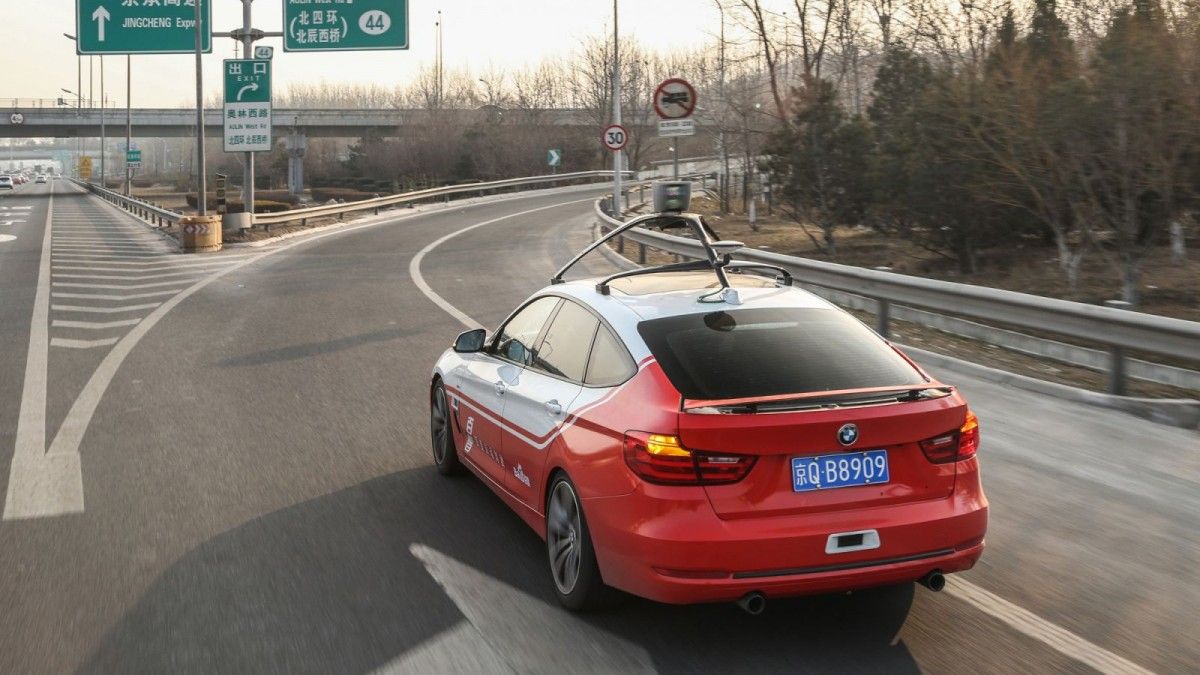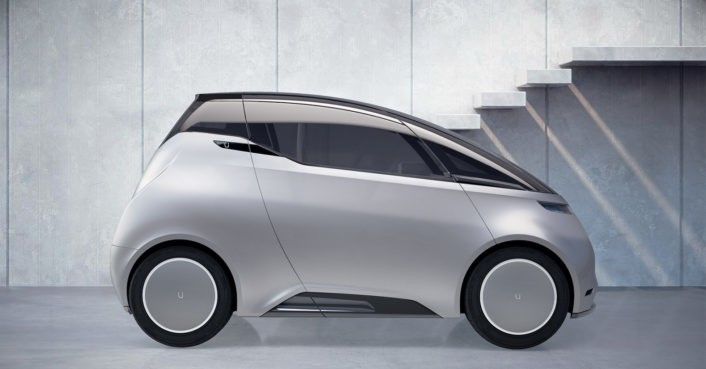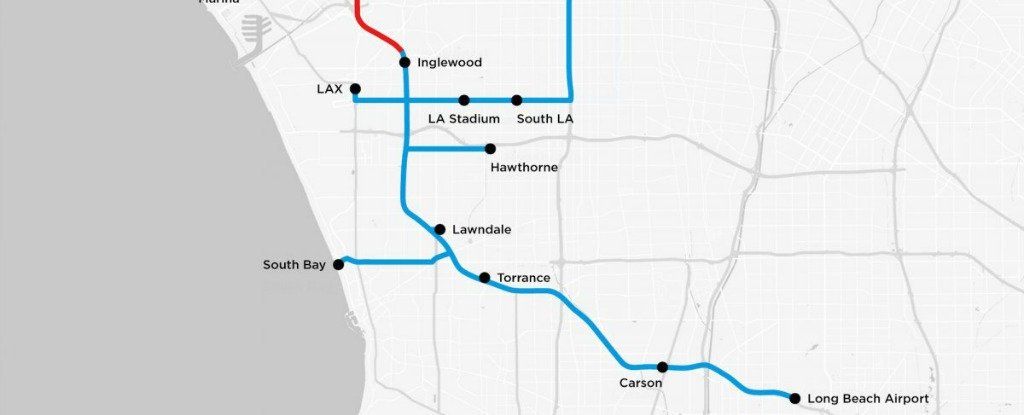This Autonomous Flying Car will be ready to take to the skies by 2018.
Category: transportation – Page 534

China Is Opening Up City Roads for Driverless Cars
Drivers in Beijing, beware: soon, you’ll be driving alongside autonomous vehicles.
On Monday, Beijing’s Municipal Commission of Transport announced (Chinese) provisional regulations for testing self-driving cars on city roads. Companies that are registered in China and have tested self-driving cars in enclosed spaces can now apply for permission to test their vehicles on Beijing’s bustling roads.
It certainly won’t be the first city in Asia—or the rest of the world—to embrace autonomous vehicles: self-driving startup nuTonomy already operates in Singapore, and several U.S. cities are home to the cars of Uber, Waymo, and others. But the news is the latest sign of China’s commitment to making autonomous vehicles a reality, in hopes of alleviating congestion on city streets and becoming a leading technology power.
This Supersonic Blaster Rebuilds Jet Parts With Flying Powder
GE researchers are using cold spray to repair and build new parts for aviation, energy, and other applications. http://invent.ge/2iqaKra
About ispace
Ispace is a private lunar robotic exploration company that is developing micro-robotic technology to provide a low-cost and frequent transportation service to and on the Moon, conduct lunar surface exploration to map, process and deliver resources to our customers in cislunar space.

Bose Sells Off Its Revolutionary Electromagnetic Suspension
Thirty-seven years after Dr. Amar Bose hit on the idea of beefing up a loudspeaker’s electromagnetic driver to be an adaptive car suspension, Bose is selling off the technology to ClearMotion, another Boston-area tech company founded by MIT graduates. Bose got as far as developing prototype cars that were exhibited in 2004, though it did bring to market an offshoot, electromagnetically suspended seats for long-haul truck drivers.


Elon Musk’s Boring Company Just Released a Map of Its Proposed LA Tunnel System
Elon Musk’s Boring Company, which was founded to create tunnels for an underground transportation system in Los Angeles, has released a map illustrating a proposed network for those tunnels.
The Boring Company was i nspired by Musk’s frustrations with LA’s notoriously congested traffic. Operating beneath Interstate 105, the tunnels would hold large electric skates that could transport cars at speeds of up to 150 mph (241 km/h).
Commuters without their own vehicles would be able to travel in communal passenger cars.

China Has Launched World’s First Electric Zero-Emissions Cargo Ship
China is now the proud owner of the world’s first all-electric cargo ship and has already put the vehicle to use.
As reported by China Daily, the 2,000-metric-ton ship was launched in the city of Guangzhou last month and runs in the inland section of the Pearl River.
Constructed by Guangzhou Shipyard International Company Ltd, it can travel 80 kilometres (approximately 50 miles) after being charged for two hours. As noted by Clean Technica, two hours is roughly the amount of time it would take to unload the ship’s cargo while docked.
